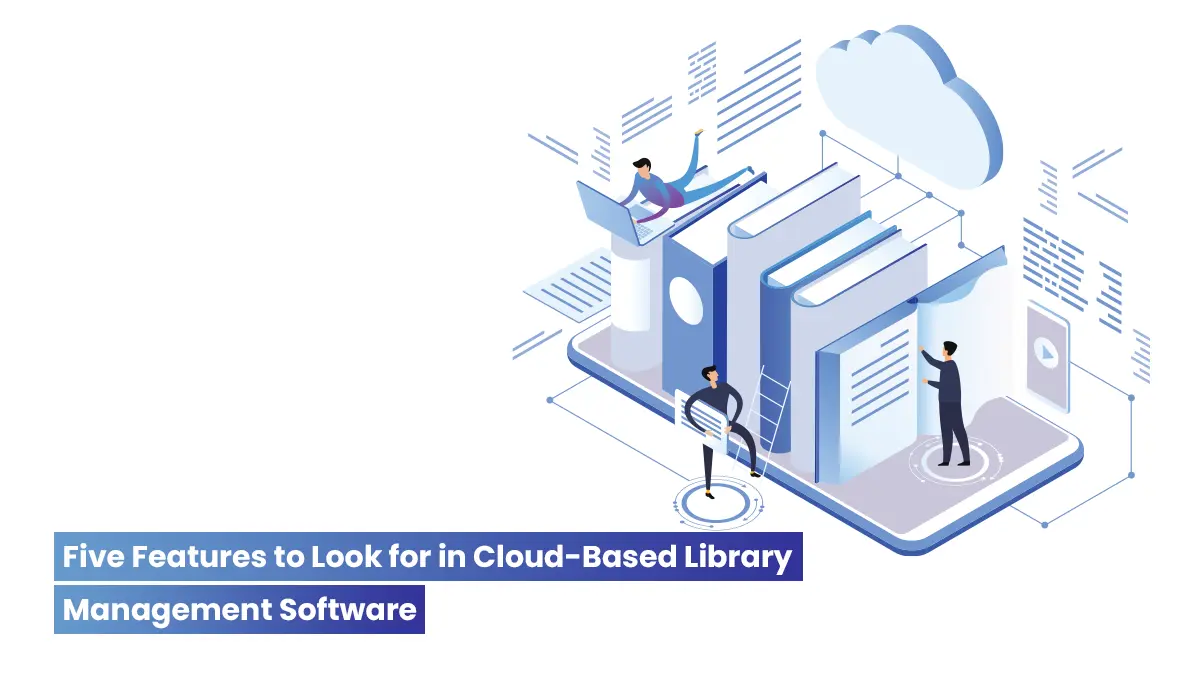Higher education libraries can be difficult to maintain, but a cloud-based library management system provides an easy-to-use but effective alternative. By automating all internal processes, this software facilitates resource management for organizations of all sizes. Designed, overseen, and maintained in accordance with your organization’s goals and objectives, this system handles all aspects, including the procurement of supplies, literature, and magazines, as well as upkeep and categorization. Envision an incredibly adaptable, scalable, multilingual, and mobile-friendly system; that’s what the library management system software for higher education offers. The robustly packed software adjusts to your demands regardless of whether your university is limited to a single campus or operates across numerous sites.
The efficiency of libraries is increased by the cheap cost of digital content delivery via cloud-based platforms. This makes studying more enjoyable for kids and makes it possible for teachers to access data on several devices at any time and from any location. The program provides a plethora of capabilities to assist librarians in getting the most out of their digital systems.
The five essential components of a cloud-based library management system software will be discussed in this blog post:
Revolutionize Your Library: 5 Key Features of Cloud-Based Management Software

1. Effortless Cataloging and Discovery
Students will enjoy the ability to search the catalog for books, magazines, journals, and digital media and navigate the library resources effortlessly. Students are free to provide reviews and give ratings to books. Barcode integration ensures borrowing library collections are easy and accurate for everyone.
2. Comprehensive Account Management
Creatrix Campus Library Management solution streamlines time-consuming tasks and empowers school students and teachers to manage their accounts. Students can view the books borrowed and returned, place the books on hold, request or renew books, and renew membership.
3. Streamlined Resource Acquisition
Higher education libraries can automate the procurement of resources and streamline the acquisition process efficiently including requests for proposals, quotation comparison, purchase orders, and Invoicing.
4. Efficient Inventory Circulation
The library management system software helps universities manage library inventory and provides a user-friendly environment for students to identify the book’s location easily. They can maintain records of issued, borrowed, and overdue books.
5. Dynamic and Customizable Reporting
Library automation empowers higher education institutions with pre-defined reports. They can create customized reports on borrowing and lending of books, in a variety of formats. Dynamic reports empower your university library to track key performance indicators for reliable decision-making.
Conclusion: Transforming Libraries with Advanced Digital Solutions
Library automation in the form of library management system software has been a boon. Thanks to the bundle of features they are coming along with. Features like role-based authentication methods and digital libraries have been incredibly successful in preserving, storing, and granting access to digital assets. Additionally, the creation of strong features in a solid technical infrastructure allows institutions to manage, collaborate, and share resources more effectively. Examples of these features include multilingual indexing and full-text and bibliographic searching of library records. Examine how the extensive features of Creatrix Campus Library Management Software may change the possibilities of your library. For additional information and to arrange a free demo, get in touch with us. library management system software.
#Library #Management #System #Software #Features #CloudBased










